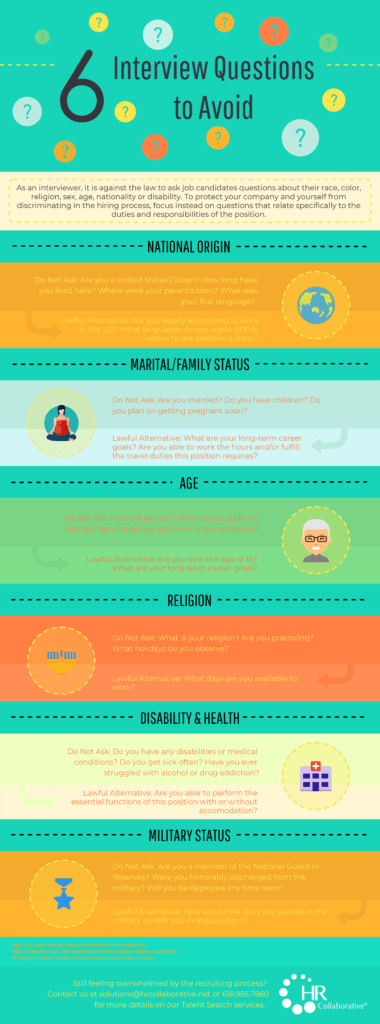How to Manage Change During Digital Transformation

In this post, we’re wrapping up our discussion of HR’s role in Digital Transformation by discussing how to manage change as new technology disrupts the way we work.
Watch Our Interview with Nina Le about Change Management
For this topic, we sat down with Nina Le, one of our HR Select Professionals. Nina has years of experience partnering with Fortune 500 organizations to successfully implement change, particularly around technology.
How HR Can Prepare for Digital Transformation
Digital transformation fundamentally changes how your company works. Not only can it increase efficiency, but it can also provide capabilities that allow organizations to reimagine their entire business strategy.
With the potential for such a seismic shift, before undergoing a digital transformation, HR leaders should ensure there is:
- Organizational alignment, top-down and across
- A detailed change management plan
- Key metrics to keep heading in the right direction
Building Multi-Directional Alignment
The first step in building multi-directional alignment is identifying a singular vision for the change. Establishing a simple to communicate vision will allow everyone at the organization to understand where you are headed (and where you aren’t).
Then, identify the most influential individuals in the organization to be change ambassadors. Alignment starts at the top, but it’s essential to have a mix of staff at all levels driving change. Traning and empowering those ambassadors around the singular vision will plant seeds for its adoption.
The final step is breaking down operational silos. Often digital transformations fail because they’re not actually transformations. Instead, they’re a layering of technology on top of the current operating model. Before a change, organizations should identify a holistic set of capabilities required to meet their strategic ambitions, and realign based on that new mindset.
Developing a Detailed Change Management Plan
At the heart of a successful change management plan is empathy for employees. So focus on reducing stress and fear by proactively answering key questions employees will have.
Several of the most common ones are:
- What is it changing?
- When is it changing?
- How will it affect me?
- What value can I continue to add to the business?
- What will be my role and responsibilities?
Answering these questions openly, transparently, and through as many channels as possible will help reduce the fear of the unknown.
Key Change Management Metrics to Track
Each company will have different metrics that make sense for them. When determining which ones to track for your company, focus on these three areas:
- Motivation
- Engagement
- Performance
By measuring performance metrics in those three areas, you’ll be able to quickly identify how the change is impacting employees and course-correct to ensure a successful implementation.
Wrapping Up
Digital transformation fundamentally alters how businesses work. Who better to manage that change during digital transformation than HR?
By focusing on developing multi-directional alignment, creating a communication plan focused on answering the most critical questions for employees, and establishing measures of success, you’ll ensure the shift helps, not hurts, your organization’s long-term performance.
And if you’d like to meet Nina Le and make sure you’re resourced appropriately for a major digital transformation reach out to us.
Our Most Recent Articles

Employers to Benefit from New Kinexus Group Acquisition of HR Collaborative
The team at Kinexus Group announced today that they have officially acquired HR Collaborative, a west Michigan-based, women-led community of fractional HR professionals, to meet unmet demand and to serve more employers than ever before.































































































